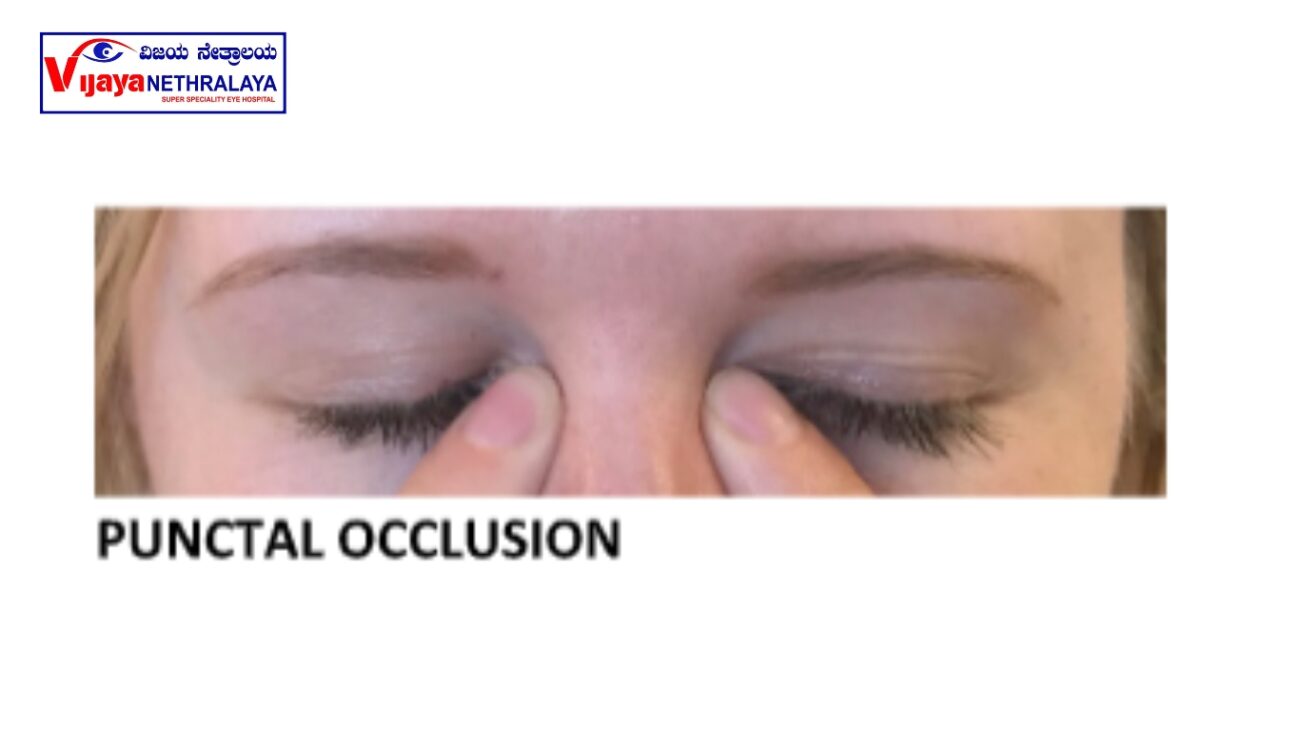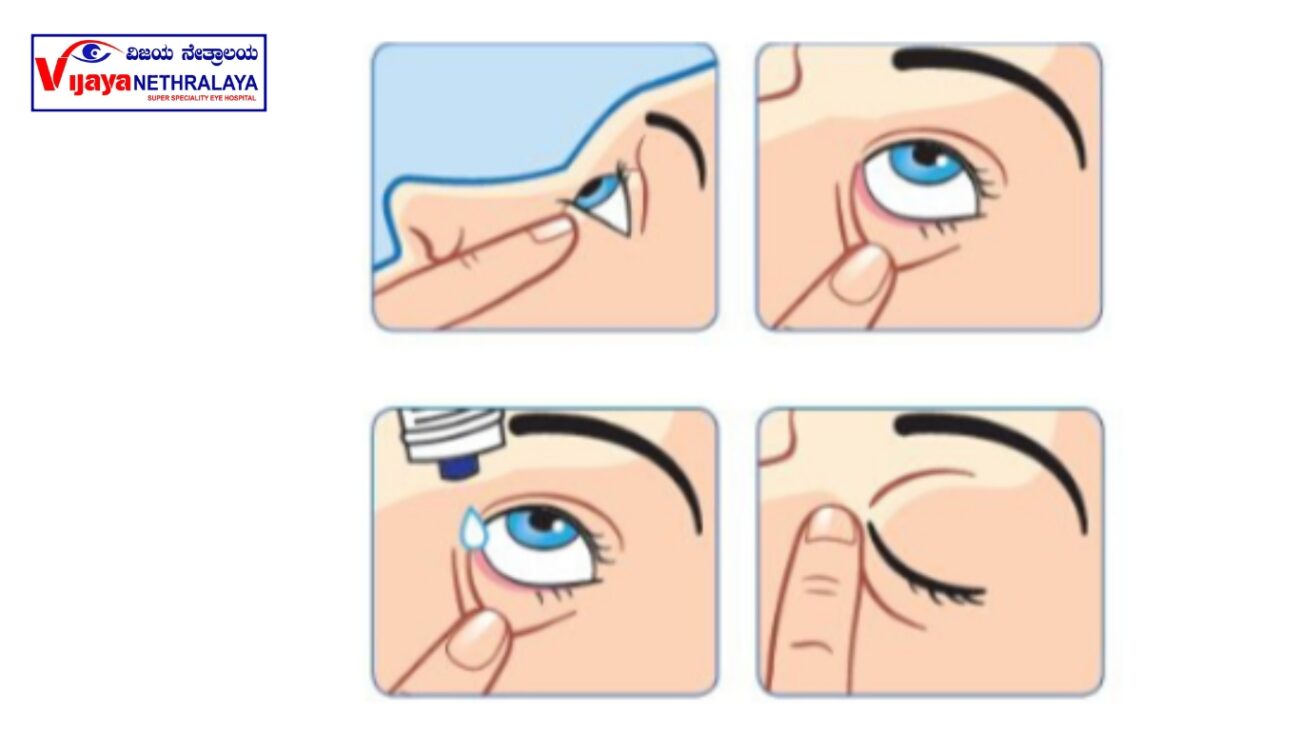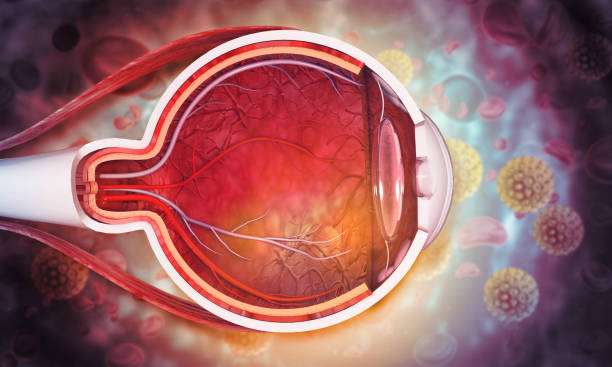Introduction:
Anti-glaucoma medication ,its is a variety of options like glaucoma eye drops, laser procedures, and surgery are available to control intraocular pressure in glaucoma. All of them aim to decrease eye pressure and, thus, safeguard the optic nerve from additional damage. Eye drops are often the first choice in glaucoma for reducing eye pressure. Eye drops act by decreasing the eye pressure by increasing the drainage of the fluid or decreasing the production.
Drugs used in glaucoma management are classified as follows:
1) Prostaglandin analogs,
2) Beta blockers,
3) Alpha agonists,
4) Carbonic anhydrase inhibitors,
5) Rho kinase inhibitors.
6) Cholinergic agonists
In addition, for patients who require more than one type of medication, combination drugs are available.
Types of Anti-Glaucoma Eye Drops and their side effects:
Prostaglandin analogs include Latanoprost, Bimatoprost, Travoprost, and Tafluprost, and Latanoprostene bunod, and they work by increasing the outflow of fluid from the eye. Tafluprost is a preservative-free prostaglandin analog. Dosing is once a day at night. They have few side effects in the eyes, including redness and stinging of white part of eye, which may disappear after few weeks, change in iris color, growth and lengthening of eyelashes, darkening of eye lids, sunken eyes and drooping of lids.
Beta-blockers such as Timolol and Betaxolol work by decreasing production of fluid. They are much less expensive. Timolol is also available in a preservative-free formulation. This drug
cause eye irritation and watering. Dosing is once a day in the morning or twice a day as per your doctors advice. Timolol is avoided in patients having wheezing and heart block, in such cases Betaxolol can be used make this in active voice. There are few other side effects of timolol that affects the general health such as tiredness, reduced pulse rate, low BP, depression, mood swings, aggravation of myasthenia, reduced sexual drive and breathing difficulty. Decreased exercise tolerance and masking of low blood sugar levels are other side effects. Sudden withdrawal can also cause raised thyroid hormone levels.
Alpha agonists such as Brimonidine, work by decreasing the production of fluid and increasing the drainage. Dosing is twice or thrice a day as per your prescription. Side effects of the eye include burning or stinging, allergy of the eyelids and conjunctiva, and reaction inside the eye. Eyelid retraction and pupil dilation are the other side effects. This medicine can also cause dizziness, headache, low BP, vasovagal attack, and dryness of the mouth.
Carbonic anhydrase inhibitors (CAIs) reduce eye pressure by decreasing the production of intraocular fluid. These are available as eye drops such as Dorzolamide, Brinzolamide as well as
tablets like Acetazolamide. Dosing is twice or thrice a day depending on the eye pressure.
- Eye side effects are stinging and burning sensation.
- Patients may experience bitter taste, low potassium levels, tingling of hands and feet, fatigue, stomach upset, memory problems, bleeding disorders, frequent urination, loss of energy and appetite.
Doctors avoid prescribing oral acetazolamide to patients with pre-existing kidney diseases and sulpha allergy.
Rho-kinase inhibitors such as Netarsudil and Ripasudil increase the drainage of intraocular fluid. Netarsudil is advised to apply at night and Ripasudil for a twice daily dosage. Redness, small bleeds on the conjunctiva, corneal deposits and fluid collection, stinging, and are side effects that occur on the eye.
Cholinergics such as pilocarpine act by increasing the fluid drainage. This medicine should to be applied thrice a day. Their side effects include irritation, watering, eye pain, headache, possibility of inflammation, iris cysts and chronic use may also cause retinal hole and detachment. Eye pain and headache settles over time.
Doctors suggest the fixed drug combination for patients who require more than one type of glaucoma medication. This recommendation adds the advantage of using a single bottle for two medications, thereby reducing exposure to preservatives.
What are the combinations available?
- Combination of a beta blocker (Timolol) and a carbonic anhydrase inhibitor (dorzolamide or brinzolamide)
- Combination of a beta-blocker (Timolol) with alpha agonist (Brimonidine)
- Beta blocker-free combination medication consisting of brinzolamide and brimonidine.
- Combination of prostaglandin analog (latanoprost/travoprost/bimatoprost) with betablocker (Timolol).
What are the challenges that one faces in using eye drops in the management of glaucoma?
1.The eyedrop is effective only if it is taken as per prescription remembering that it is a life-long therapy. Adhering to the dose, duration, and timing of eyedrop is very important to keep the eye pressure under control throughout the day.
2. Patients can follow some ways to help them remember to apply eyedrops on time, such as doing it along with a routine task like brushing their teeth in the morning or setting alarms on their phone.
3. Third reason for the patient not using the eyedrop is experiencing irritation which can happen with any type of drop. This can happen in a patient who never had symptoms before or can manifest as worsening of pre-existing ocular surface disease such as dry eye, or meibomian gland dysfunction. Preservative-free medications or BAK-free medications are often useful in this situation.
How to reduce systemic side effects?
- Systemic side effects of beta blockers can be minimized by closing the eyes following the application. A technique called “punctal occlusion” prevents the drug from entering the tear drainage duct and systemic circulation.
- Avoid squeezing the eyes after the application of eyedrops, which causes more eyedrops to expel outside and also causes the rest of the eyedrops to enter into the nose. Always report the side effects that you experience to your doctor so that your eye doctor suggests you some other alternative medications.
- Side effects of combined medications may include any of the side effects of the drug types they contain.

How to apply an eyedrop?
Step 1: Read the prescription properly:
The timing and dosage of your eye drops can make a big difference in your treatment. You must use the drops correctly to get the full benefit.
- Use your drops at right time as advised, 8 or 9am in the morning, like wise at night.
- Keep a gap of 5 to 10 minutes between the other eyedrop that is supposed to be applied at the same time.
Step 2: Maintain hygiene while applying eyedrops:
1.Wash your hands before touching your eye drops or your eyes.
2.Shake the drops vigorously before using them if it is a suspension.
3. Remove the cap of the bottle without touching the dropper tip. This is done to prevent the microbe from contaminating the eyedrop.

Step 3: Place the Drops into the conjunctival sac:
- Recline on a couch and tilt your head back slightly and look up.
- Use one hand to pull your lower lid down, away from the eye, thereby forming a pocket
- Hold the dropper tip directly over the eyelid pocket making sure that the dropper tip does not touch your eye.
- Squeeze the bottle gently and let the eye drop fall into the pocket.
- Close your eye gently for 5 mins.
If you are having difficulty in applying eyedrop on your own, take assistance from your family members for a few weeks until you get a hang of it. Keep the bottle out of reach of children, so they do not get exposed to these pressure-lowering medications unnecessarily.
Author details:
Dr. Thanemozhi Srinivasan is an esteemed ophthalmologist who has achieved remarkable success in the specialized field of glaucoma. With a diverse and illustrious background, she has garnered extensive experience and honed her expertise in diagnosing, managing, and treating this intricate eye condition. Driven by a profound dedication to her patients, Dr. Srinivasan embraces cutting-edge techniques and innovative treatments, aiming to optimize visual outcomes while delivering compassionate and individualized care. With her wealth of knowledge, remarkable proficiency, and unwavering commitment to excellence, Dr. Thanemozhi Srinivasan stands as a revered authority in the realm of glaucoma.

Conclusion:
As you already know that glaucoma is a silent thief of vision when undiagnosed. For patients who are lucky to be diagnosed with glaucoma at an earlier stage, it is wise to adhere to therapy as advised by the doctor. We have very few drugs available to manage glaucoma, and it is your responsibility to use the medication in the right way at the right time in a regular manner. If followed correctly, anti-glaucoma medication is a wonderful drug for glaucoma therapy.


